We are back with more Hope for the 2nd Half and we have another incredible staff guest blogger. Today, SLOCA High School literature teacher, Paul McCullough, eloquently defines hope, reminds us of our school’s unique strengths, and challenges us to “fall together”. So settle in, we promise it will be worth your time.
Hope Comes First and Stays Last
When hope sets out on its desperate search for reasons, it can find them. – Wendell Berry
In 2019 we were looking forward to the future: self-driving cars, re-useable space rockets, hoverboards!
But now it’s 2020 and most of us are just hoping to dine indoors at a restaurant again someday.
We’ll get back to Sidecar and Blues games again soon, I’m sure—though it will likely take the full ingenuity of modern science, combined with heretofore unprecedented levels of global cooperation to do so. A few short months ago, who would have guessed?
While this pandemic is almost certainly not the end of the world, it might be the end of a world. A world in which we take for granted that the future will be a more convenient place for us than the past. A world in which the bated breath of our city streets could be mistaken for peace. A world in which we think of ourselves first and foremost as self-directed, self-sufficient individuals, rather than as the communal creatures that we are. A world in which the hubristic hum of a few techno-optimists could pass for real, sturdy human hope.
“Hope,” said the dissident playwright and former Czech president Vaclav Havel, “is… an ability to work for something because it is good, not just because it stands a chance to succeed…. It is not the conviction that something will turn out well, but the certainty that something makes sense, regardless of how it turns out.” 1
In other words, as long as there is still good to be done, there is hope. So there is always hope. Especially in the dark. As T.S. Eliot put it during the darkest days of the London Blitz: “The rest is not our business.”
I’m intrigued by Havel’s definition primarily because it suggests that hope, which we usually think of as the anticipation of something far off, actually apprehends the world through a short-range, precision lens. Hope is a magnifying glass, not a telescope. In place of questions like, How can I come out ahead in the end?, hope has the audacity to ask, What small, good thing can I work toward today? Perhaps something in my own life, perhaps in my neighbor’s? This kind of hope transforms everything. Our immediate concerns diminish in number yet sharpen in focus. Any latent anxiety to “win” the pandemic gives way to the everyday imperative of seeking the good, with and for one another.
Nevertheless, as we head into the fall, we should remind ourselves at every opportunity of this all-important fact: SLOCA is, by all conventional metrics, absolutely winning the pandemic. No one said it would be easy, but learning will continue here next year. Simply by virtue of who we are, we are already exceptionally well-positioned to do what everyone else is scrambling to figure out: a hybrid homeschool/online model, made possible by the inestimable blessings of small class sizes, family involvement, a temperate climate come December, and just enough material resources to spark both high-tech and low-tech creativity. (And as a high school literature teacher, I hasten to add that when it comes to the Oxford-style tutorials that elite colleges are re-discovering, don’t call it a comeback—we’ve been here for years.) We may not have the private endowment or public funding (such as it is) other schools have, but we are rich in the things that matter most to families right now. Many around the county and around the country are desperate for exactly what we have on offer this fall: a safe, real education for our kids. We should not forget our abundance.
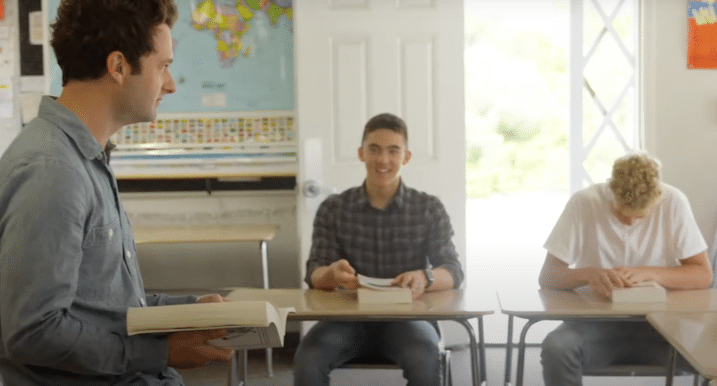
At the other end of the spectrum, millions, perhaps hundreds of millions of students worldwide will likely experience academic and social setbacks next year that are difficult to even quantify. While some independently motivated and technologically equipped students report that they actually enjoyed learning at home this spring (more sleep, fewer distractions, less pressure, no bullies—all good reasons to treasure SLOCA, where such a climate is the norm, not the exception) too many American students have received scarce intellectual sustenance for months now, especially in math and science, and these deficits often prove difficult to make up, especially in younger kids.
This stark truth came home to me last weekend as I sat on the sand at Moonstone Beach (hooray for outdoor activities!) with my dear friend Anna, a professor of education policy at UCLA. She is basically a genius at using data to create more equitable outcomes for some of the nation’s largest and most underfunded districts. Just a few minutes of catching up on her latest research projects was enough to dispel any doubt that, for all next year’s challenges, our SLOCA students are indeed among the lucky few. The fact is that while the losses will be felt by everyone, our kids will no doubt continue to grow and thrive next year and beyond.
This should be both a comfort and a clarion call to action—to widen our circles of responsibility, to ease the strain on those who are most vulnerable and reckon with the systemic injustices the pandemic has dragged into broad daylight. Many essential workers who keep our food systems and wider economy up and running do so at no small risk to themselves and cost to their families. (Over the next few weeks many teachers, especially those over fifty, will be added to the ranks of at-risk essential workers.) And as our beleaguered public schools continue to patch the gaping holes in the social fabric, as they have for decades now, things now seem likely to get worse before they get better. I would propose, then, that one fair measure of our commitment to classical virtues like responsibility and citizenship is our willingness to engage with these larger disparities and injustices—precisely to the degree that we are spared their worst effects ourselves. In this way, SLOCA can continue to stand out as part of that small, countercultural class of excellent independent schools that consciously curate opportunity and community, instead of functioning as engines of inequality.
Not everyone is called to the work of restoring broken systems—often, it is enough just to make it through the day. Yet hope is the leaven that changes our little into much. Hope is not just a noun but an active verb, often with a direct object. We don’t just hope, we hope in and we hope for. We hope for the best. We hope to be worthy of it. Surely no one can be said to hope who hopes only for themselves.
History is an immense and instructive repository of this kind of hope, which is one good reason to study it. The 1906 San Francisco earthquake, the London Blitz, the ongoing work of the Civil Rights movement, the present struggle against climate breakdown and our planet’s sixth mass extinction event: moments like these are not crises of education—they are precisely what we educate for. In such moments of upheaval, people “fall together” as well as fall apart, the historian of hope Rebecca Solnit reminds us. In her book Hope in the Dark, Solnit quotes a master builder: “If architects want to strengthen a decrepit arch, they increase the load which is laid on it, for thereby the parts are joined more firmly together.”
Of course, the load-bearing arch only holds up if it is well-designed in the first place. An educational milieu that aims at “success” (always conventionally defined, never interrogated) produces many fragile assemblages that crack under pressure.
Classical education, by contrast, invites us to build upon a foundation of the true, the good, and the beautiful, rallying us around what the theologian Vigen Guroian calls “the really human things.” This kind of learning resists easy quantification and standardization. It is nurtured by encounters with history, literature, and the rest of the liberal arts—those disciplines which help explain our selves to ourselves. It builds arches and bridges, not walls and weapons. It will listen politely to the cynic but reject his premises. It is infused with hope. This kind of education helps our hearts “break open instead of closed,” to borrow a phrase from the poet Marie Howe. It passes the tests that matter. It empowers neighbors and citizens who know how to fall together when everything else is falling apart.
Once more, the image of the arch. Hope is both the gravity and grace that holds us together, the human capacity for self-transcendence by which the weight of history is held up and made light.
I find all kinds of hope in teaching. Of course, it’s not just teachers who teach, and much of our education unfolds beyond the confines of the classroom. I am told that evolutionary psychologists have recently become interested in the fact that while many animals can learn, few species bother to teach at all. And among those that teach, only humans teach other people’s offspring the knowledge they’ve spent their lives acquiring. This enthusiasm for passing on what we know to the next generation is a rather unusual adaptation of our species. The classroom is a special place, true, but only because we are built for this kind of coming together from the start. Teaching in any form is a radically humane and transformative act.
Next year I suspect that, despite disruptions foreseen and unforeseen, the work of teaching and learning will continue in our community more or less as it always has. There is much still to learn—how to be hard on ideas (especially our own) and tender with people (including ourselves); how to greet the stranger as a positive good, not an impediment to my freedom; how to concern ourselves with the first things and the right things, so that we may handle everything else with the radical unconcern of wisdom and generosity; how to receive this world freely as it is given; how to say, with the agrarian philosopher Wendell Berry, that “mine is not so powerful or necessary a pronoun as ours.” These are the things I hope for this year.
Berry, in my view, is correct (in the epigram quoted at the start of this essay) that we hope first, and then find reasons for that hope. They are all around us—each person we meet is a unique and sufficient reason unto themselves. We all have our reasons and opinions and beliefs. But hope comes first and stays to the last, and in between teaches us something about who we really are.
1 “Hope is a state of mind, not of the world. It is an orientation of the spirit and orientation of the heart; it transcends the world that is immediately experienced and is anchored somewhere beyond its horizons. Hope, in this deep and powerful sense, is not the same as joy that things are going well, or willingness to invest in enterprises that are obviously heading for success, but rather an ability to work for something because it is good, not just because it stands a chance to succeed. The more propitious the situation in which we demonstrate hope, the deeper the hope is. Hope is definitely not the same thing as optimism. It is not the conviction that something will turn out well, but the certainty that something makes sense, regardless of how it turns out.”
Thank you so much, Paul for your inspiring words in this beautiful essay on hope.





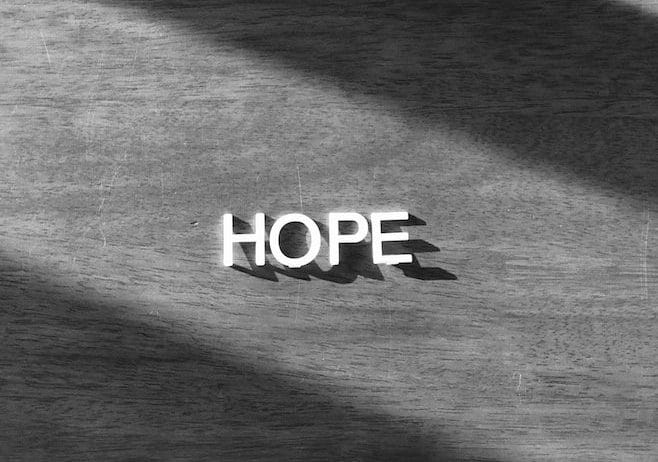
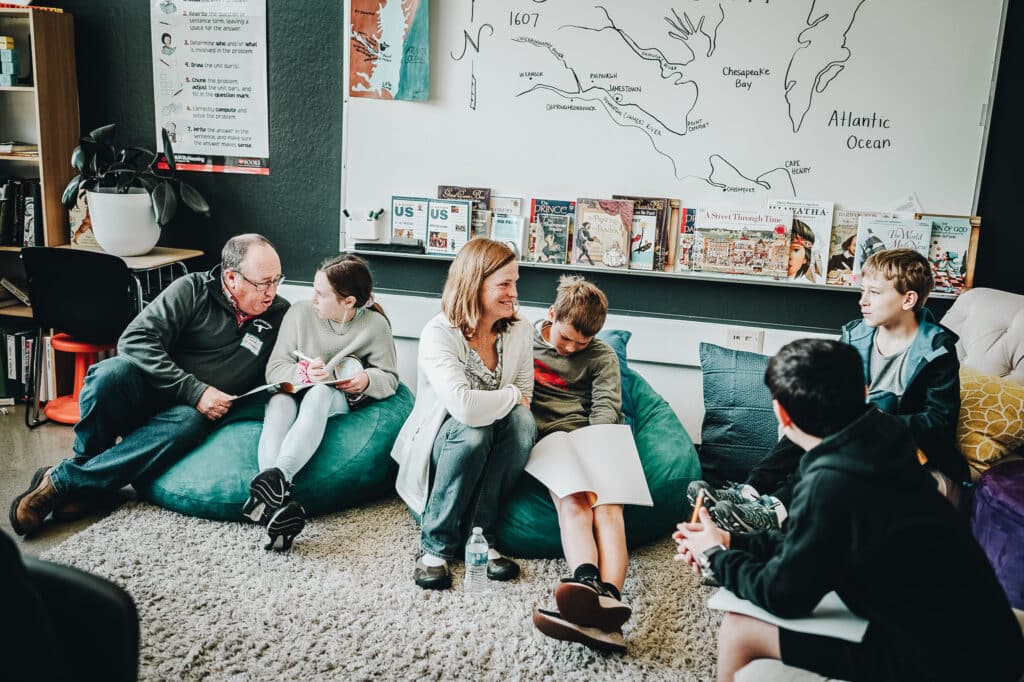
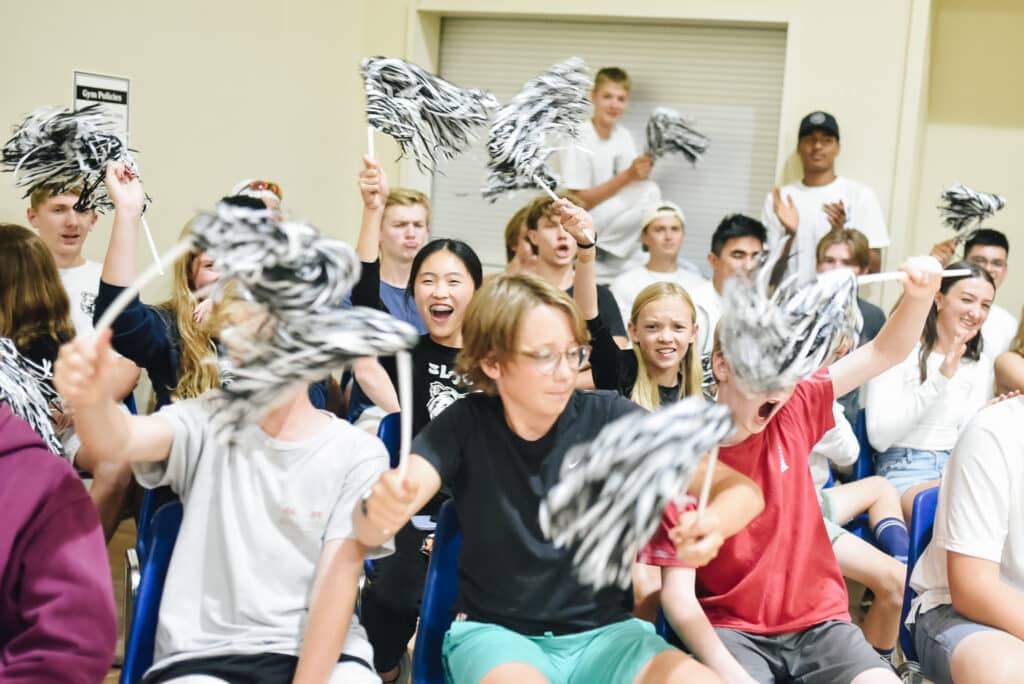
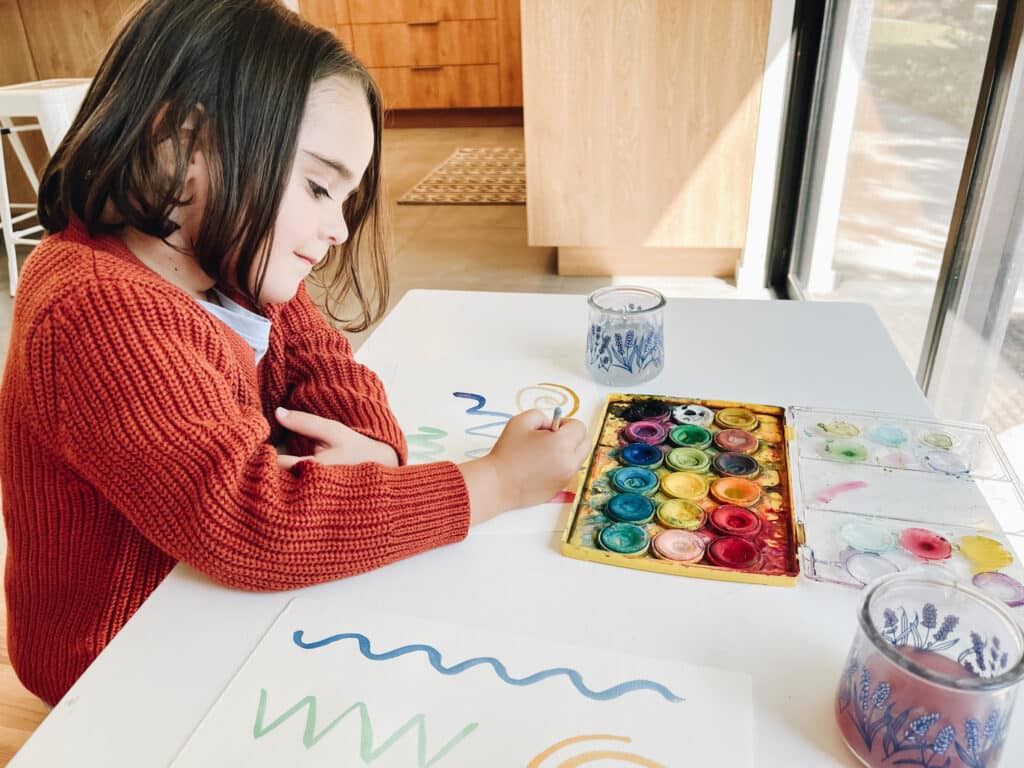





4 thoughts on “Hope for the 2nd Half: Paul McCullough”
Wow!!! Thank you Paul. Such beautiful and inspiring words.
This is a wonderful piece that needs to be shared beyond our school community. I shared it already with another school similar to ours that needs to hear this. Thanks Paul.
Yes! We totally agree. Thank you for sharing it, Pam!
Such beauty in your writing. Such beauty in your wisdom. So grateful that my children have mentors like you. Thank you for sharing this. I agree with the comment above–it needs to be shared more widely.